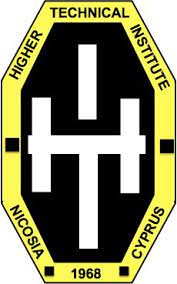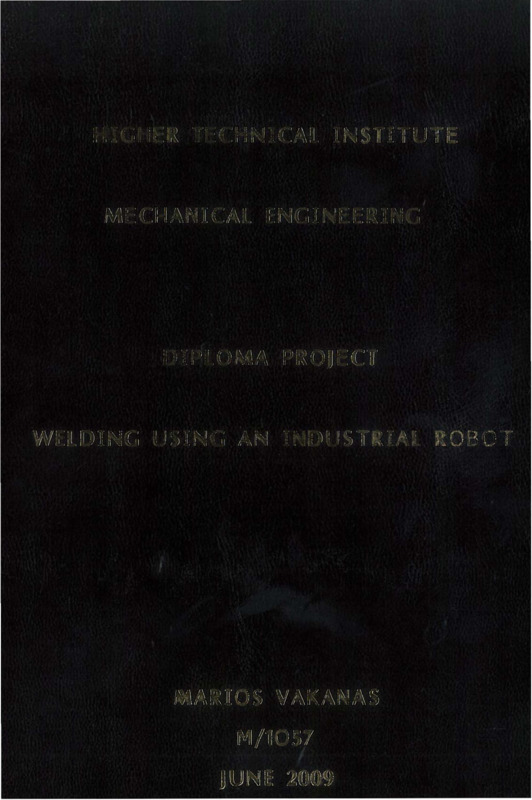Welding using an industrial robot
- Τίτλος
- Welding using an industrial robot
- Θέμα
- Welding
- Welding--Automation
- Δημιουργός
-
Vakanas, Marios
- Πηγή
- Higher Technical Institute
- Το πλήρες κείμενο είναι διαθέσιμο από το Υπουργείο Ενέργειας, Εμπορίου Βιομηχανίας και Τουρισμού.
- Εκδότης
- Library of Cyprus University of Technology
- Ημερομηνία
- 2009
- Δικαιώματα
- Απαγορεύεται η δημοσίευση ή αναπαραγωγή, ηλεκτρονική ή άλλη χωρίς τη γραπτή συγκατάθεση του δημιουργού και κάτοχου των πνευματικών δικαιωμάτων.
- Μορφή
- Γλώσσα
- en
- Τύπος
- text
- Αναγνωριστικό
- MED0442
- Σύνοψη
-
The idea, of making a machine that it will protect, help or generally be under command of humans, is found almost from the start of the history of humanity.
The first document found to refer to robotics is Iliad. The poem report that the "god Hephaestus made talking mechanical handmaidens out of gold". A mechanical flying pigeon moved by steam, is referred to be constructed by Archytas of Tarentum, near 400 BC. This wooden pigeon give the idea to philosophers not only study about mechanical automations that will work with out any human effort but also to study how to fly.
Lie Zi was an ancient Chinese, lived 300bc, study about automata and among his papers was found a much earlier document about King Mu of Zhou and an engineer called Van Shi (1023-957). Van Shi presented the king with a life-size, human-shaped figure of his mechanical "handiwork". This robot is said that it could move, sing, blink its eyes and it was composed by artificial human parts like heart, bones, muscles and etc. Another class of robotics is the clock. The clocks started simple just counting time and become to complicated astrological designs and also have moving parts on them like mannequins. Such clock was Su Song's clock tower in 1088 AD.
- Πολυμέσα
-
 MED0442.pdf
MED0442.pdf
Τμήμα του Welding using an industrial robot


